The book continues listing and detailing the defendants in the trials.
Dr Ley did not stand trial because he committed suicide in his cell. Robert Ley (German: [ˈlaɪ]; 15 February 1890 – 25 October 1945) was a German politician during the Nazi era, who headed the German Labour Front during its entire existence, from 1933 to 1945. On 24 October, three days after receiving the indictment, Ley strangled himself to death in his prison cell using a noose made by tearing a towel into strips, fastened to the toilet pipe.
Fritz Sauckel was the second-in-command of Speer. Ernst Friedrich Christoph "Fritz" Sauckel (27 October 1894 – 16 October 1946) was a German Nazi politician, Gauleiter of Gau Thuringia from 1927 and the General Plenipotentiary for Labour Deployment (Arbeitseinsatz) from March 1942 until the end of the Second World War.
Hjalmar Schacht was Hitler's banker, but during the war he was imprisoned in Dachau for his opposition to Hitler. Hjalmar Schacht (22 January 1877 – 3 June 1970) was a German economist, banker, politician, and co-founder of the German Democratic Party. He served as the Currency Commissioner and President of the Reichsbank under the Weimar Republic.
Before the start of the trials, the accused were questioned in two different camps: Kransberg Castle and Palace Hotel in Mondorf-les-Bains in Luxembourg.
Kransberg Castle is situated on a steep rock near Kransbergç, a village with about 800 inhabitants in the Taunus mountains in the German state of Hesse, about 40 kilometers north of Frankfurt. During several months of 1945, the castle (under code name Camp Dustbin, from June on) was the Anglo-American interrogation center for Albert Speer and Hjalmar Schacht as well as Wernher von Braun, Ferdinand Porsche, Anton Flettner, and other technical, financial and industrial leaders.
Central Continental Prisoner of War Enclosure No. 32, code-named Ashcan, was an Allied prisoner-of-war camp in the Palace Hotel of Mondorf-les-Bains, Luxembourg during World War II. Operating from May to August 1945, it served as a processing station and interrogation center for the 86 most prominent surviving Nazi leaders prior to their trial in Nuremberg, including Hermann Göring and Karl Dönitz.
The psychiatrists who treated the accused were Dr Gilbert, Dr Kelley and Major Leon Goldensohn.
Gustave Mark Gilbert (September 30, 1911 – February 6, 1977) was an American psychologist best known for his writings containing observations of high-ranking Nazi leaders during the Nuremberg trials.
Lt. Colonel Douglas McGlashan Kelley (11 August 1912 – January 1, 1958) was a United States Army Military Intelligence Corps officer who served as chief psychiatrist at Nuremberg Prison during the Nuremberg War Trials. He worked to ascertain defendants' competency before they stood trial.
Leon N. Goldensohn (October 19, 1911 – October 24, 1961) was an American psychiatrist who monitored the mental health of the twenty-one Nazi defendants awaiting trial at Nuremberg in 1946.The judges were:
- Lord Justice Geofrey Lawrence presided. Geoffrey Lawrence (2 December 1880 – 28 August 1971) was the main British judge during the Nuremberg trials after Second World War, and President of the Judicial group.
- William Norman Birkett (6 September 1883 – 10 February 1962), was a British barrister, judge, politician and preacher who served as the deputy British judge during the Nuremberg Trials.
- Francis Beverley Biddle (May 9, 1886 – October 4, 1968) was an American lawyer and judge who was the United States Attorney General during World War II. He also served as the primary American judge during Nuremberg trials following World War II.
- John Johnston Parker (November 20, 1885 – March 17, 1958) was an American politician and United States circuit judge of the United States Court of Appeals for the Fourth Circuit. He was also the United States alternate judge at the Nuremberg trials of accused Nazi war criminals.
- Henri Donnedieu de Vabres (8 July 1880 – 14 February 1952) was a French jurist who took part in the Nuremberg trials after World War II.
- Major-General Iona Timofeevich Nikitchenko (28 June 1895 – 22 April 1967) was a Russian judge who served on the Supreme Court of the Soviet Union. He later served on the International Military Tribunal during the Nuremberg trials as a judge for the Soviet Union.
- Lieutenant Colonel Alexander Fyodorovich Volchkov ( August 10, 1902 – 1978) was a judge during the Nuremberg trials after World War II.
During the trials, a key moment was when Thomas Dodd, the prosecutor, showed footage of the horrors of the concentration camps. Nazi Concentration Camps is a 1945 American film that documents the liberation of Nazi concentration camps by Allied forces during World War II. It was produced by the United States from footage captured by military photographers serving in the Allied armies as they advanced into Germany. The film was presented as evidence of Nazi war crimes in the Nuremberg trials in 1945.
During the trial Hess showed erratic behaviour and he claimed to have amnesia. During much of his trial, Hess claimed to be suffering from amnesia, but he later admitted to the court that this had been a ruse.
The prosecution presented some gruesome exhibits.
One was the shrunken head of a Polish prisoner used as a paperweight by the wife of the Commandant of Buchenwald concentration camp.
Dr Sigmund Rascher admitted to having conducted experiments on inmates in Dachau. Rascher's victims were forced to remain outdoors naked in freezing weather for up to 14 hours, or kept in a tank of icewater for three hours, their pulse and internal temperature measured through a series of electrodes. Warming of the victims was then attempted by different methods, most usually and successfully by immersion in hot water; at least one witness, an assistant to some of these procedures, later testified that some victims were thrown into boiling water for rewarming.
One of the key witnesses was Dieter Wisliceny. Dietrich "Dieter" Wisliceny (13 January 1911 – 4 May 1948) was a member of the Schutzstaffel (SS) and one of the deputies of Adolf Eichmann, helping to organise and coordinate the wide scale deportations of the Jews across Europe during the Holocaust. Wisliceny was an important witness at the Nuremberg trials. His testimony would later prove important in the successful prosecution of Eichmann for his complicity in the Holocaust in Israel in 1961.
Another witness was Marie Claude Vaillant Couturier. Marie-Claude Vaillant-Couturier (3 November 1912 – 11 December 1996)[1] was a French Resistance member in World War II as well as a photojournalist, deported to Auschwitz in 1943.
Abraham Suzkever was a witness about the horrors committed in the Vilna ghetto. In 1941, following the Nazi occupation of Vilnius, Sutzkever and his wife were sent to the Vilna Ghetto. His mother and newborn son were murdered by the Nazis. On September 12, 1943, he and his wife escaped to the forests, and he fought the occupying forces as a partisan. n February 1946, he was called up as a witness at the Nuremberg trials, testifying against Franz Murer, the murderer of his mother and son.
During his testification Goering was questioned abut the murder of 50 RAF officers after the Great Escape. The Stalag Luft III murders were war crimes perpetrated by members of the Gestapo following the "Great Escape" of Allied prisoners of war from the German Air Force prison camp known as Stalag Luft III on March 25, 1944. Of the 76 successful escapees, 73 were recaptured, most within several days of the breakout, 50 of whom were executed on the personal orders of Adolf Hitler.
Rodolf Hoes testified and admitted to the extermination taking place in Auschwitz. Rudolf Franz Ferdinand Höss (25 November 1901 – 16 April 1947) was a German SS officer and the commandant of the Auschwitz concentration camp. On 15 April 1946, Höss testified at the International Military Tribunal at Nuremberg, where he gave a detailed accounting of his crimes.
Hermann Graebe was witness to the mass execusion of Ukranian Jews. Herman Friedrich Graebe (19 June 1900 – 17 April 1986) was a German manager and engineer in charge of a German building firm in Ukraine, who witnessed mass executions of the Jews of Dubno on 5 October 1942 by Nazis and in the ghetto of Rovno on 13 July 1942.
At the end of the trials those who were sentenced to death were Goering, Joachin von Ribbentrip, Wilhelm Keitel, Ernst Kaltenbrunner, Alfred Rosenberg, Hans Frank, Wilhelm Frick, Julius Streicher, Fritz Sauckel, Alfred Jodl, and Arthur Seyes. The Nuremberg executions took place on October 16th, 1946, shortly after the conclusion of the Nuremberg trials. The sentences were carried out in the gymnasium of Nuremberg Prison by the United States Army using the standard drop method instead of long drop.
Hermann Göring was also scheduled to be hanged on that day but committed suicide using a potassium cyanide capsule the night before.
Rudolf Hess, Erich Raeder and Walther Funk were given life sentences.
The court convicted him of crimes against peace and of conspiracy with other German leaders to commit crimes. He served a life sentence in Spandau Prison; the Soviet Union blocked repeated attempts by family members and prominent politicians to procure his early release. While still in custody as the only prisoner in Spandau, he hanged himself in 1987 at the age of 93.
Raeder was found guilty on all counts and sentenced to life imprisonment. He was surprised as he had expected to be sentenced to death. His wife, supported by German veterans, led several campaigns to free him until, on account of his ill health, he was released on 26 September 1955.
After the war Walther Funk was tried and convicted as a major war criminal by the International Military Tribunal at Nuremberg. Sentenced to life in prison, he remained incarcerated until he was released on health grounds in 1957. He died three years later.
The other Nazi defendants were give lesser sentences.
Karl Doenitz was imprisoned for 10 years in Spandau Prison in what was then West Berlin. During his period in prison he was unrepentant, and maintained that he had done nothing wrong. He also rejected Speer's attempts to persuade him to end his devotion to Hitler and accept responsibility for the wrongs the German Government had committed. Dönitz was released on 1 October 1956 and retired to the small village of Aumühle in Schleswig-Holstein in northern West Germany.
Baldur von Schirach was given twenty years. At the Nuremberg trials, he was convicted of crimes against humanity and sentenced to 20 years in prison. After completing his sentence at Spandau in 1966, Schirach retired to Southern Germany. He died in 1974 at the age of 67.Albert Speer was also given 20 years. Speer was found guilty of war crimes and crimes against humanity, principally for the use of slave labor and forced labor. He was acquitted on the other two counts. On 1 October 1946, he was sentenced to 20 years' imprisonment. On 18 July 1947, Speer was transferred to Spandau Prison in Berlin to serve his prison term.
Konstantin von Neurath was given fifteen years. The tribunal came to the consensus that Neurath had been a willing and active participant in war crimes but held no such prominent position during the height of the Third Reich's tyranny and so had been only a minor adherent to the atrocities committed. He was found guilty by the Allies on all four counts and was sentenced to 15 years' imprisonment. Neurath was held as a war criminal in Spandau Prison until November 1954, when he was released in the wake of the Paris Conference, officially because of his ill health, as he had suffered a heart attack.
Three men were found not guilty and acquitted: Hjalmar Schacht, Franz von Papen and Hans Fritzsche.
There were minor trials which did not attract so much attention.
The doctors' trials tried Dr Karl Brandt, Siegfriend Handloser, Oscar Schroeder, and Karl Gebhardt. They were accused of performing cruel experiments.
Karl Brandt (8 January 1904 – 2 June 1948) was a German physician and Schutzstaffel (SS) officer in Nazi Germany. Trained in surgery, Brandt joined the Nazi Party in 1932 and became Adolf Hitler's escort doctor in August 1934. He was convicted, sentenced to death, and hanged on 2 June 1948.
Siegfried Adolf Handloser (25 March 1885 – 3 July 1954) was a Nazi physician and convicted war criminal, convicted for overseeing medical atrocities at concentration camps. He was convicted at the 1947 Doctors' Trial during the subsequent Nuremberg trials and sentenced to life imprisonment. His sentence was ultimately reduced to a 20-year term, though Handloser was released in 1954 and died of cancer the same year.
Karl Franz Gebhardt (23 November 1897 – 2 June 1948) was a Nazi physician and a war criminal. Gebhardt was the main coordinator of a series of medical atrocities performed on inmates of the concentration camps at Ravensbrück and Auschwitz. During the Subsequent Nuremberg Trials, Gebhardt stood trial in the Doctors' trial. He was convicted of war crimes and crimes against humanity and sentenced to death on 20 August 1947. He was hanged on 2 June 1948, in Landsberg Prison in Bavaria.
In the Milch Trial Edward Milch was given life imprisonment. Erhard Milch (30 March 1892 – 25 January 1972) was a German Generalfeldmarschall (field marshal) who oversaw the development of the German air force (Luftwaffe) as part of the re-armament of Nazi Germany (1933-1945) following World War I (1914-1918). In the Milch Trial of 1947, a U.S. military court convicted Milch of war crimes and of crimes against humanity, sentencing him to life imprisonment. However, in 1951 John J. McCloy, the U. S. High Commissioner for Germany, commuted Milch's sentence to 15 years. Paroled in 1954, Milch died in 1972.
The Pohl trial against the Nazi German administration of the "Final Solution" was the fourth of the thirteen trials for war crimes that the United States authorities held in their occupation zone in Germany in Nuremberg after the end of World War II. In the Pohl case, SS-Obergruppenführer Oswald Pohl and 17 other SS officers employed by the SS Main Economic and Administrative Office were tried for war crimes and crimes against humanity committed during the time of the Nazi regime. The main charge against them was their active involvement in and administration of the so-called "Final Solution".
The Flick trial was the fifth of twelve Nazi war crimes trials held by United States authorities in their occupation zone in Germany (Nuremberg) after World War II. It was the first of three trials of leading industrialists of Nazi Germany; the two others were the IG Farben Trial and the Krupp Trial. Friedrich Flick was sentenced to seven years of imprisonment, two of the other defendants received shorter sentences, and the remaining three were acquitted.
The IG Farben Trial, was the sixth of the twelve trials for war crimes the U.S. authorities held in their occupation zone in Germany (Nuremberg) after the end of World War II. IG Farben was the private German chemicals company allied with the Nazis that manufactured the Zyklon B gas used to commit genocide against millions of European Jews, Roma, homosexuals, socialists and other innocent civilians in the Holocaust. Of the 24 defendants arraigned, 13 were found guilty on one or the other counts of the indictment and sentenced to prison terms ranging from one and one half to eight years, including time already served; 10 defendants were acquitted of all charges.
The Einsatzgruppen trial was the ninth of the twelve trials for war crimes and crimes against humanity that the US authorities held in their occupation zone in Germany in Nuremberg after the end of World War II. The accused were 24 former SS leaders who, as commanders of the Einsatzgruppen of the Security Police and the SD, bore responsibility for the crimes committed by the Einsatzgruppen in the occupied Soviet Union.
The High Command Trial was the last of the twelve trials for war crimes the U.S. authorities held in their occupation zone of Germany in Nuremberg after the end of World War II.
The Ministries Trial was the eleventh of the twelve trials for war crimes the U.S. authorities held in their occupation zone in Germany in Nuremberg after the end of World War II. The defendants in this case were officials of various Reich ministries, facing various charges for their roles in Nazi Germany and thus their participation in or responsibility for the numerous atrocities committed both in Germany and in occupied countries during the war.



















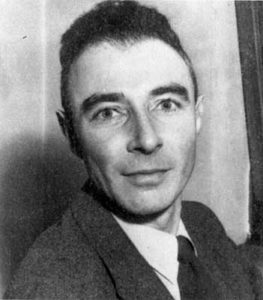

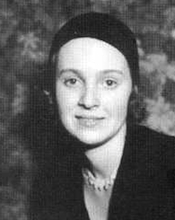
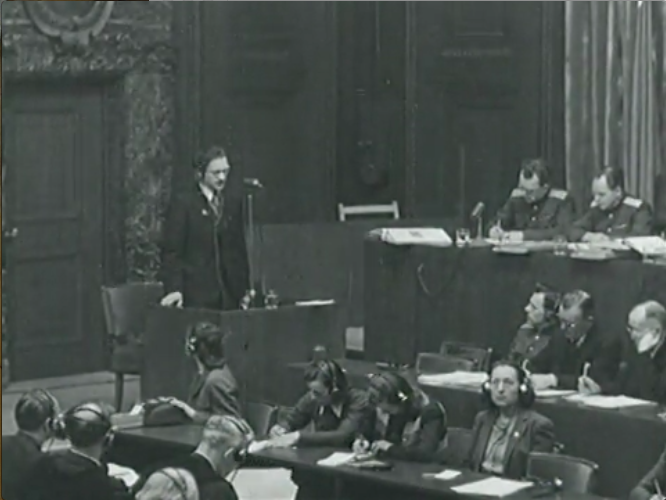





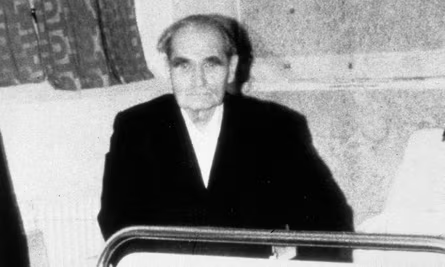

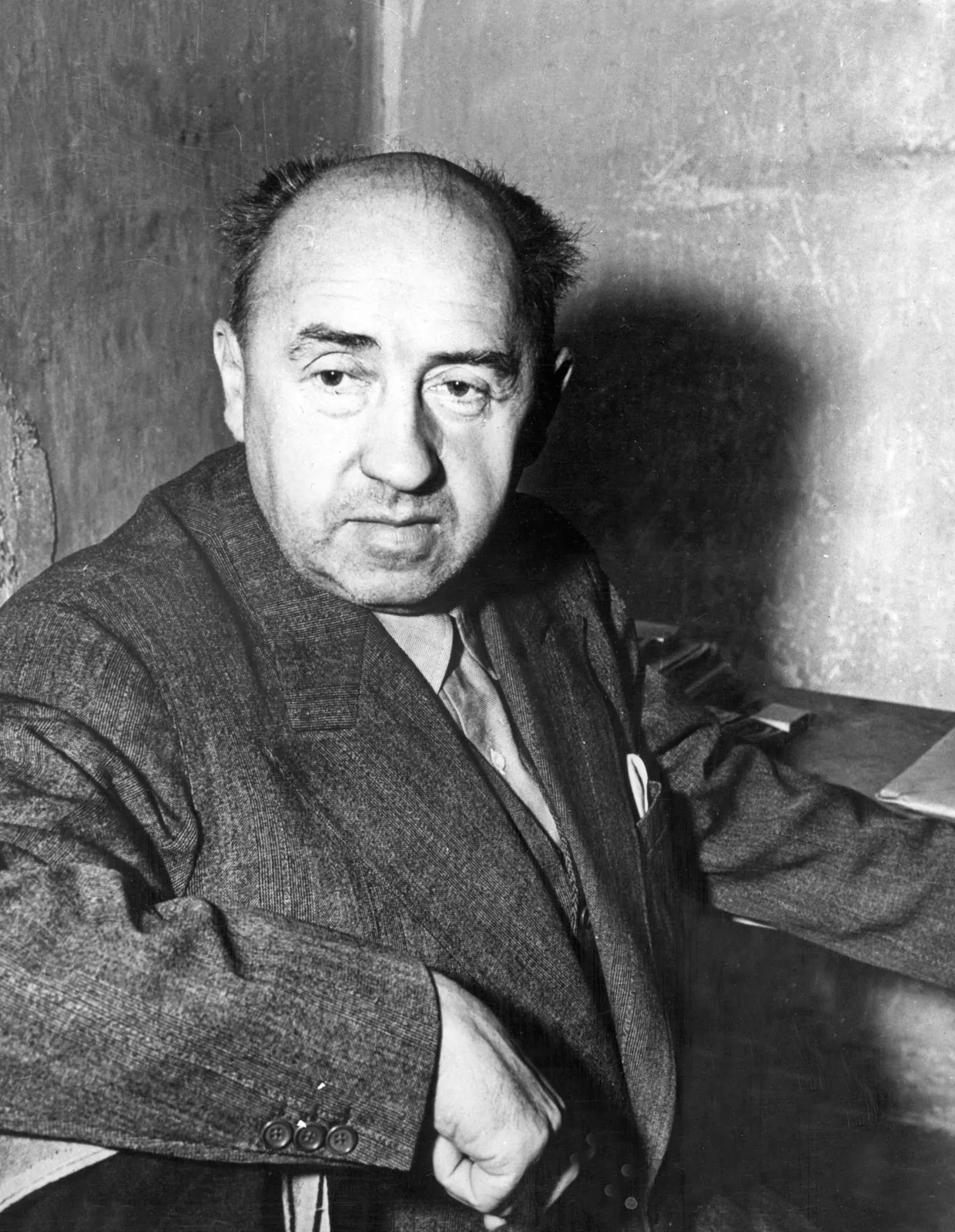
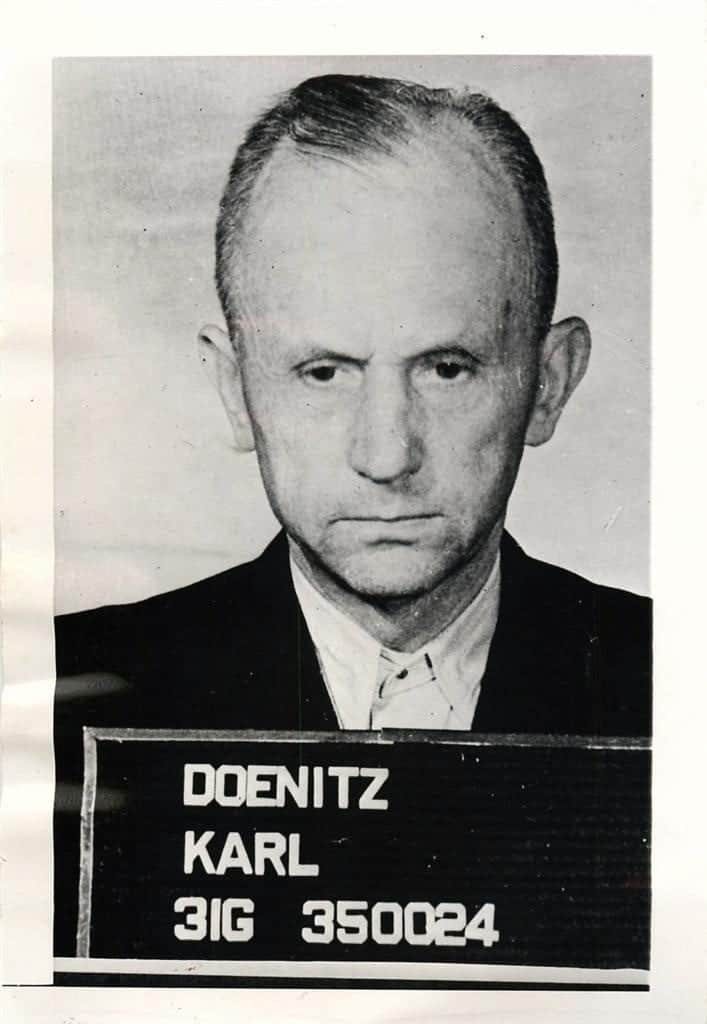

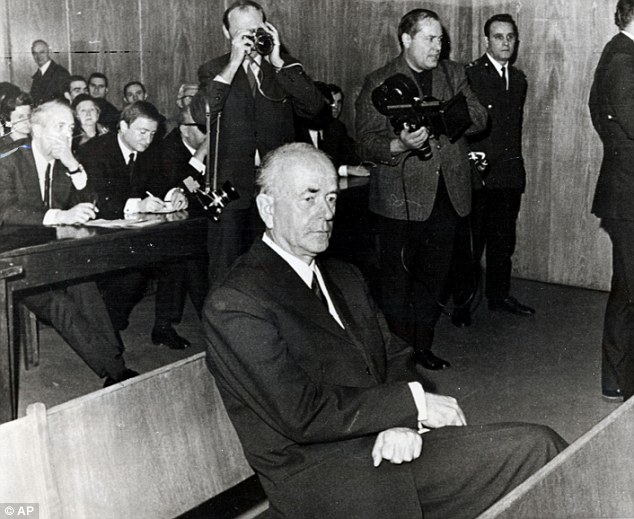

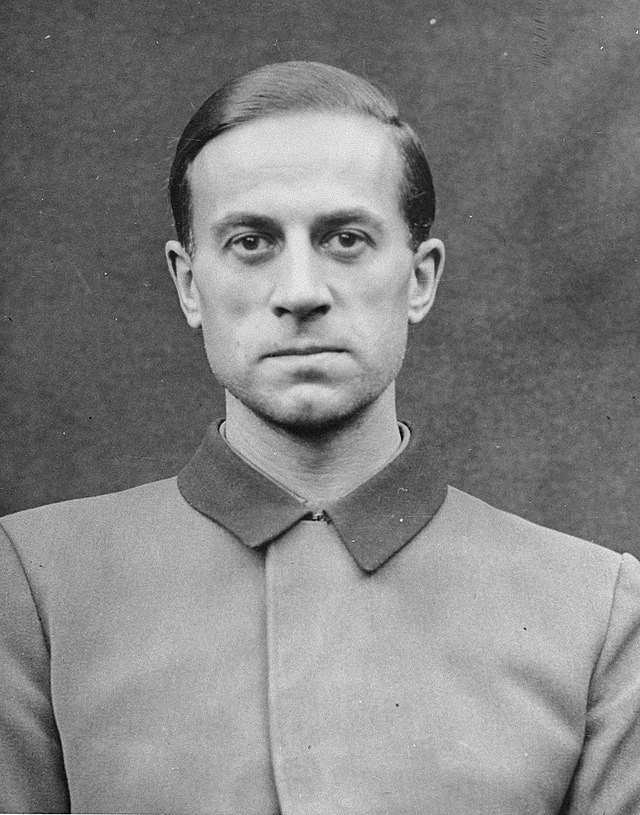
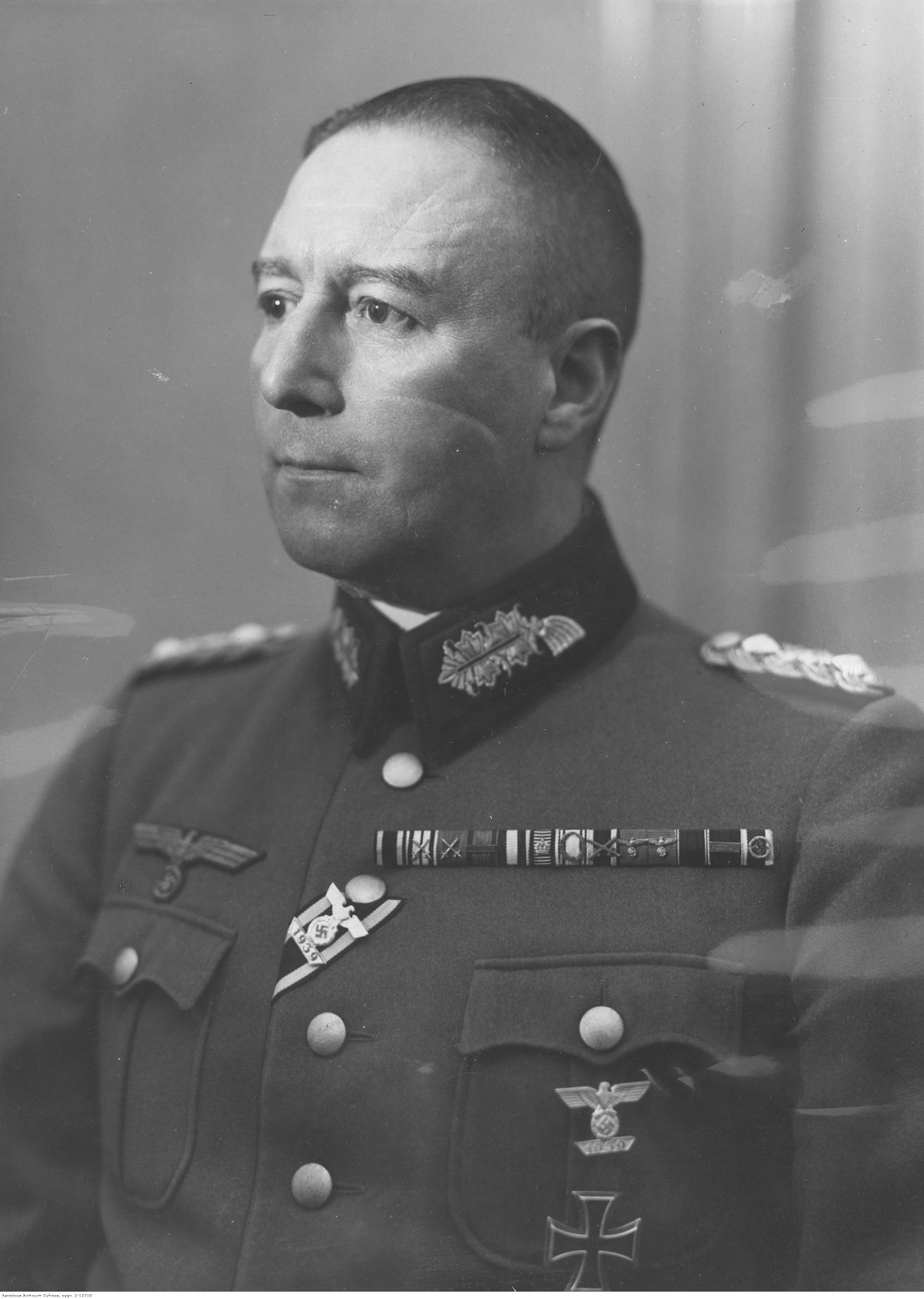




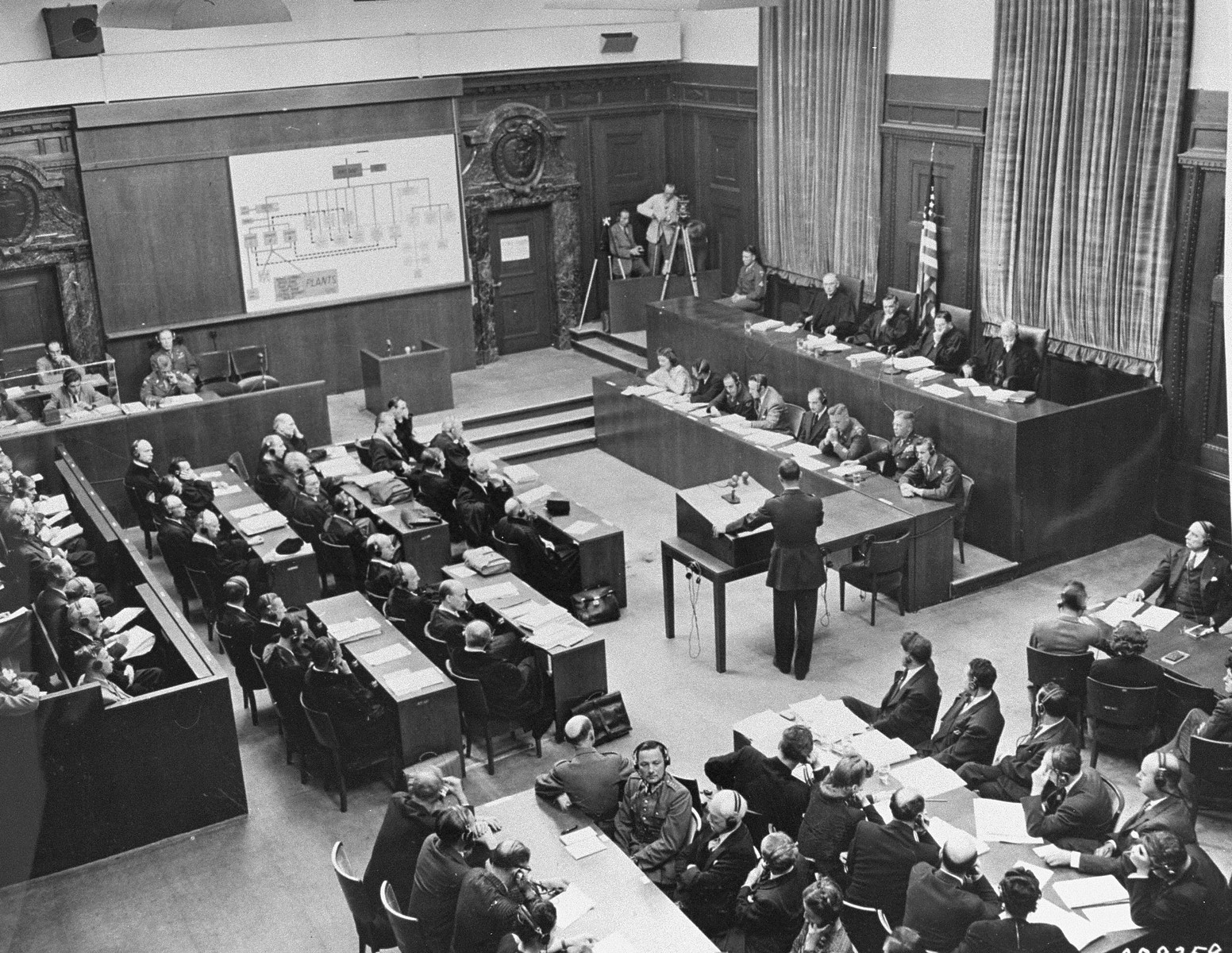

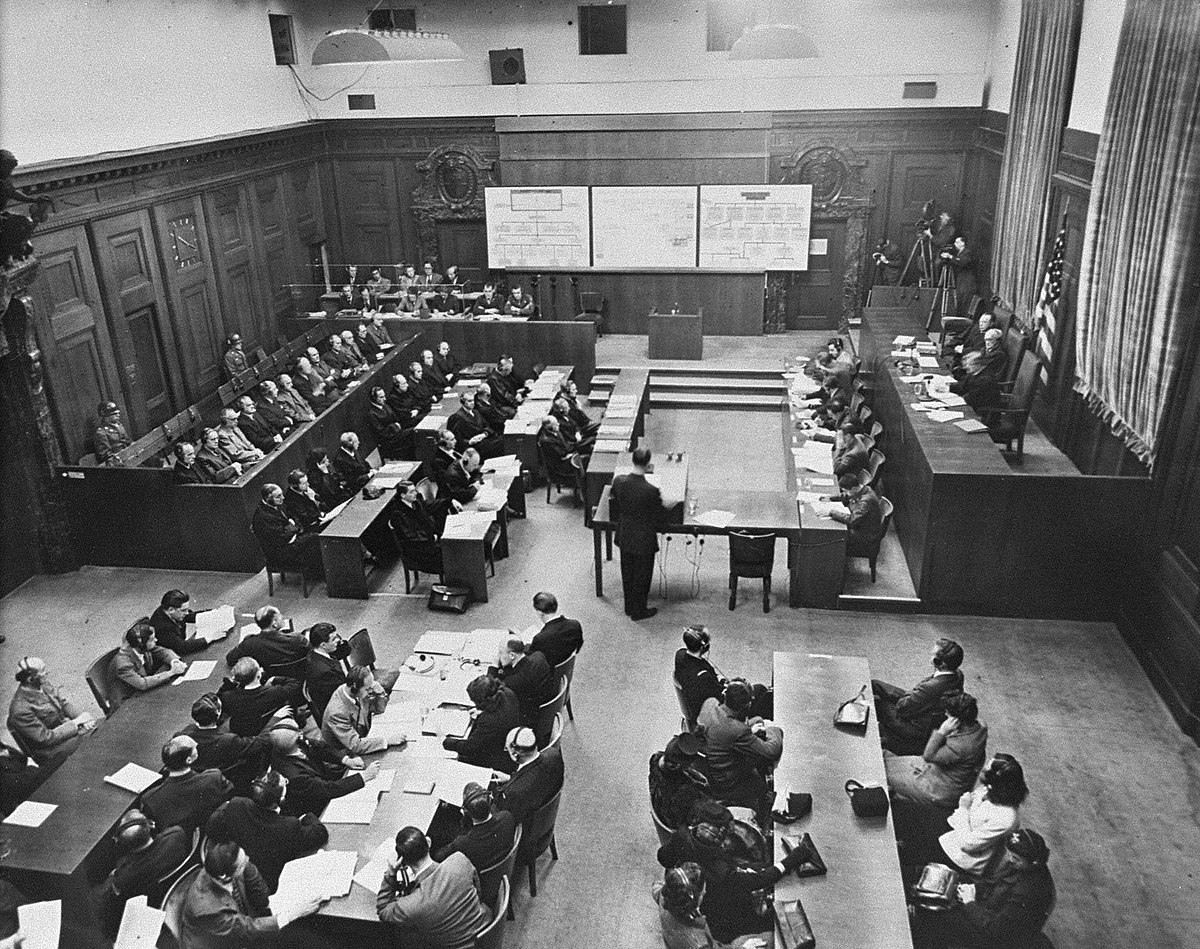


No comments:
Post a Comment